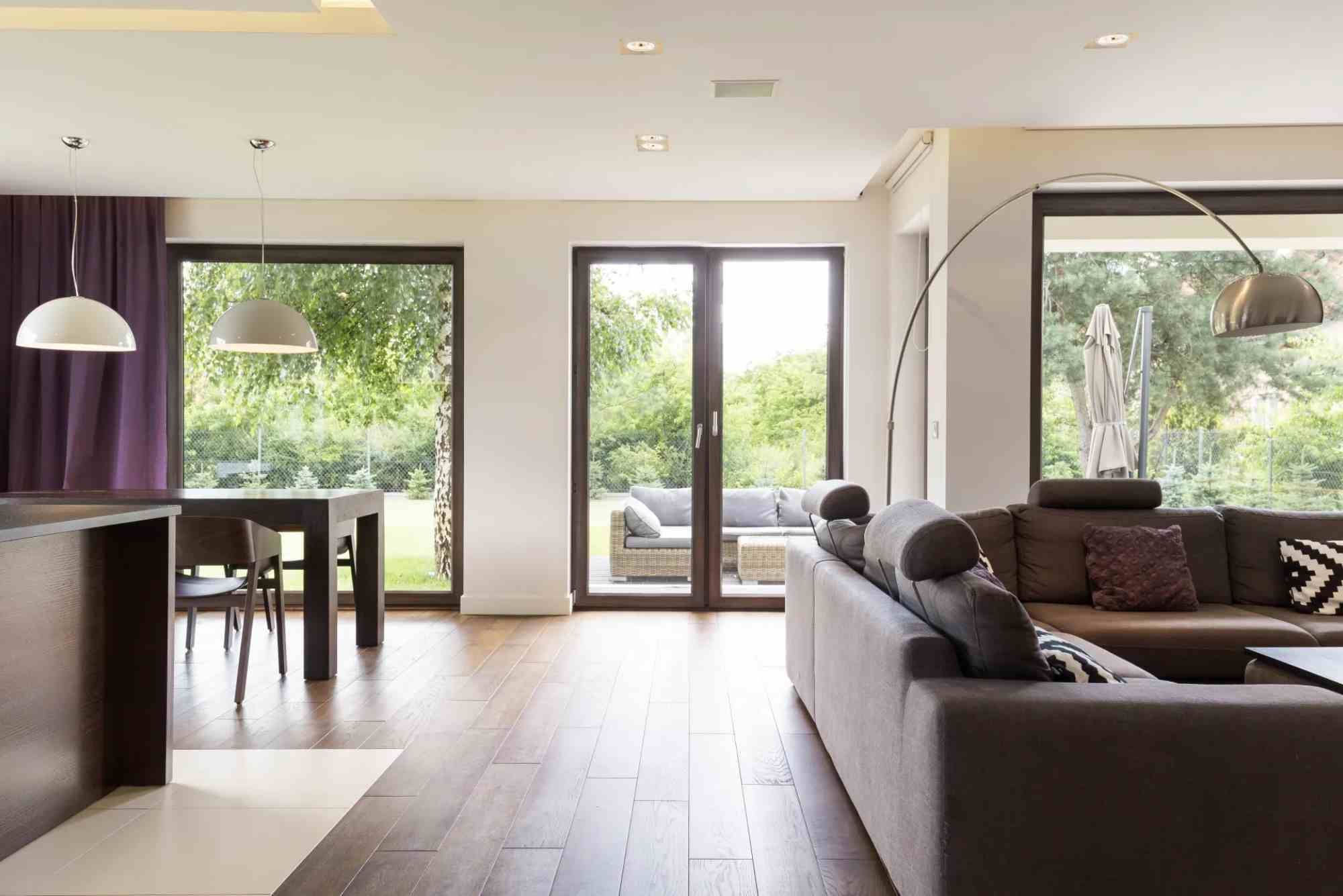Types of Window Tint for Homes: Benefits and Best Choices
Window tinting has become a popular solution for homeowners who want comfort, style, and energy efficiency. The right tint can block heat, reduce glare, and improve privacy while protecting your interiors from harmful UV rays. Choosing among the different types of window tint for homes depends on your goals, whether they involve aesthetics, energy savings, or security. This guide will explore the options in detail so you can make an informed decision.
Why Consider Window Tinting for Homes
Before exploring the various tints, it helps to understand why window tinting is worth considering. Modern tints do more than darken windows. They act as a shield against sun exposure, help regulate indoor temperatures, and add a polished look to your living space. For households in sunny or hot regions, window tinting can reduce reliance on air conditioning, lowering energy bills. Additionally, privacy films can create a more secure environment without sacrificing natural light.
Types of Window Tint for Homes
Several types of window tints are designed for residential use. Each type offers unique benefits, and the right choice depends on your lifestyle and budget.
Dyed Window Tint
Dyed films are one of the most cost-effective types of window tint for homes. They use multiple layers of dye to absorb sunlight and reduce heat inside. These films are popular for their affordability and ability to minimize glare. However, dyed tints may fade over time, especially with prolonged exposure to sunlight. They are a good choice if you’re seeking budget-friendly privacy and light control.
Metalized Window Tint
Metalized tints use tiny metallic particles that reflect heat and UV rays. These films provide a sleek, shiny look while strengthening windows. Many homeowners choose them for their durability and scratch resistance. Metalized films also reduce glare and increase privacy, but they can interfere with cell signals or Wi-Fi. If energy efficiency and window reinforcement are top priorities, this option can be highly effective.
Carbon Window Tint
Carbon window tints are known for their matte finish, which avoids the reflective look of metalized films. They offer superior insulation, helping regulate indoor temperatures throughout the year. Unlike dyed films, carbon tints do not fade easily, making them a long-term solution. These films also block infrared light, keeping homes cooler without making rooms too dark. For eco-conscious homeowners, carbon films provide an excellent balance between performance and sustainability.
Ceramic Window Tint
Ceramic tints are considered the premium choice among the types of window tint for homes. They are made with non-metallic, non-conductive ceramic particles, which block up to 99% of UV rays and a significant portion of infrared heat. These films allow maximum visibility while maintaining indoor comfort. Although ceramic tints come at a higher price point, they are durable, fade-resistant, and do not interfere with electronic signals. For homeowners who want the best in energy efficiency, comfort, and aesthetics, ceramic window tints are hard to beat.
Security Window Film
While not always thought of as traditional window tints, security films are worth mentioning. These thick films reinforce windows, holding glass together if it shatters. They also provide UV protection and can slightly darken windows, offering a balance between safety and comfort. Homes in storm-prone or high-crime areas often benefit from this type of film.
Decorative Window Film
Decorative films focus more on style and privacy. They come in frosted, etched, or patterned designs, making them ideal for bathrooms, entry doors, or interior partitions. While they don’t significantly block heat, they still offer UV protection and add a personalized touch to your home’s interior.
Benefits of Window Tinting for Homes
Installing the right tint offers several advantages beyond just appearance.
Energy Efficiency and Cost Savings
Window films reduce heat gain in summer and retain warmth during winter. This leads to lower energy bills throughout the year. Some homeowners report up to 30% savings on cooling costs.
UV Protection for Interiors
Sun exposure can cause fading of furniture, flooring, and curtains. Window tints block harmful UV rays, extending the life of your home’s interiors and protecting your skin.
Increased Privacy
From street-level views to close neighbors, tints help you enjoy your home without feeling exposed. Privacy films ensure you can see outside without others seeing in.
Comfort and Glare Reduction
If you struggle with glare while watching TV or working on a computer, tints minimize the problem without sacrificing natural light.
Enhanced Safety and Security
Security films and stronger tint options make windows more shatter-resistant, protecting your home from accidents or intruders.
Choosing the Best Window Tint for Your Home
Selecting the right film depends on your specific needs. If budget is the main concern, dyed films may suffice. For durability and long-term value, carbon or ceramic options are more reliable. Homeowners seeking advanced protection from heat and UV rays should consider ceramic films despite the higher cost. Decorative films suit those who prioritize aesthetics over insulation. Consulting a professional installer is always recommended, as they can match the right product to your home’s design and climate conditions.
Installation: DIY or Professional?
Some homeowners attempt DIY window tinting, especially for smaller projects. However, improper installation can lead to bubbles, peeling, or uneven coverage. Professional installation ensures proper alignment, durability, and warranty protection. While DIY may save upfront costs, professional work often results in better long-term performance.
Maintenance Tips for Tinted Windows
Tinted windows require minimal upkeep, but proper care ensures longevity. Use soft cloths and non-ammonia cleaners to prevent scratches and damage. Avoid abrasive sponges, which can weaken the film. With the right care, high-quality tints can last up to 15 years.
FAQs
What is the best type of window tint for homes?
Ceramic window tint is often considered the best due to its superior heat rejection, UV protection, and durability.
Do window tints reduce electricity bills?
Yes, by reducing heat gain, window tints lower cooling costs in summer and can improve overall energy efficiency.
Will tinted windows make my house too dark?
Not necessarily. Modern films, especially ceramic tints, block heat and UV rays while allowing plenty of natural light inside.
Can I install window tint on all types of windows?
Most residential windows can be tinted, but some coatings or glass types may require special films. Always consult an installer first.
How long does home window tinting last?
High-quality films such as ceramic or carbon tints can last 10–15 years with proper maintenance.
The many types of window tint for homes provide solutions for energy efficiency, privacy, security, and style. Whether you choose an affordable dyed film, a durable carbon tint, or a premium ceramic option, each offers unique advantages. For the best results, work with a professional installer who can recommend the ideal film for your home’s climate, architecture, and personal needs.




